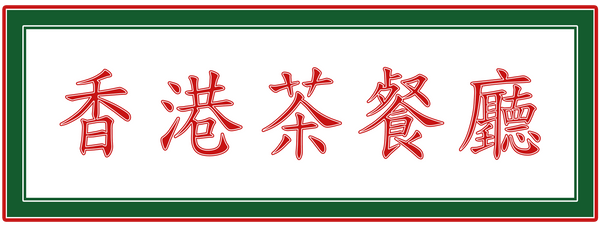Brewing Technique
Share
Art of Steeping and Pulling
.
The traditional craftmanship of making a HK style milk tea.
Steeping technique
After adding the tea leaves to boiling water, cover the pot with lid, and let the tea steep in hot water for a few minutes. This step is crucial for achieving the desirable tea color and a richer tea flavor.
Straining Technique
Hong Kong-style milk tea is known for its unique straining technique, where the tea is strained multiple times through a fine cloth bag. This process helps to create a smooth and velvety texture, removing tea leaves and sediment.
.


credit: kknews.cc
Pulled Tea Technique
Another traditional aspect of preparing Hong Kong-style milk tea is the "pulled tea" technique. This involves pouring the tea repeatedly between two containers from a height, creating a frothy consistency and allowing the tea to cool slightly. This step also prevents the tea leaves from being steeped for too long and becomes overly bitter.
For a milk tea with the right amount of creaminess and sweetness, add evaporated milk and sweetened condensed milk to the cup, then pour the tea in.
Serving Style
Hong Kong-style milk tea is commonly served hot, although it can also be enjoyed over ice, particularly during warmer weather. It's often served in a classic Hong Kong-style cup, which is a short and stout glass.
.
.

